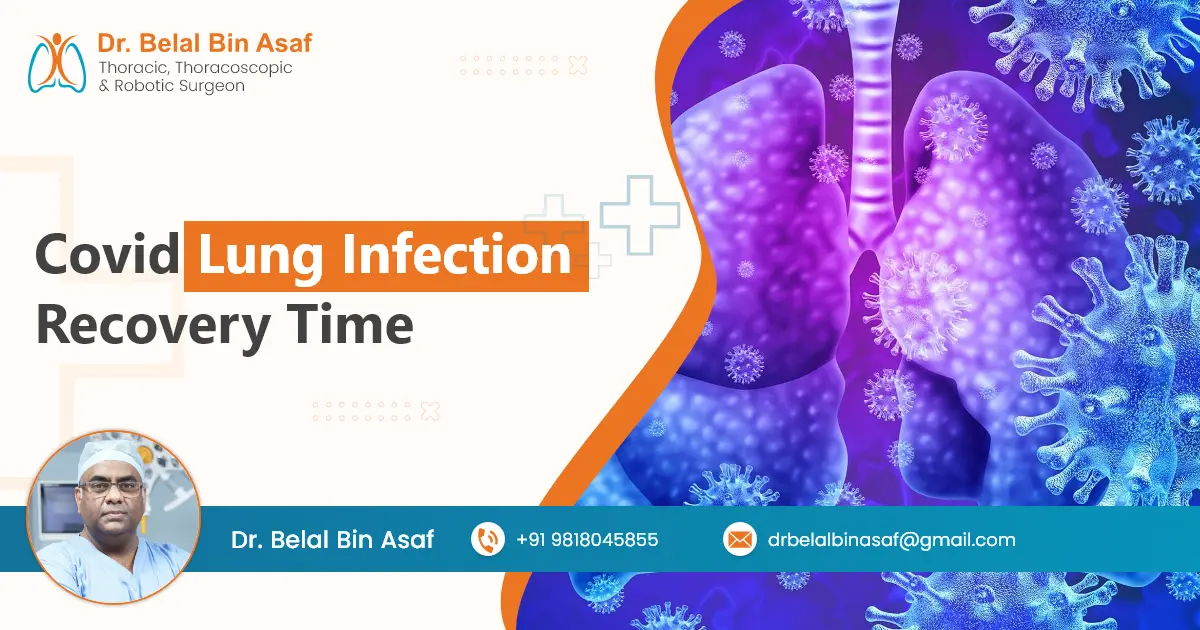COVID-19 has affected millions globally, and one of the more serious complications from the virus is a lung infection, commonly referred to as COVID pneumonia. While many people recover quickly, others face a prolonged and challenging recovery. In this blog, we explore the various phases of recovery and what to expect if you or a loved one is dealing with COVID-related lung issues.
Contents
- 1 What Happens During the Initial Recovery Period?
- 2 Why Do Some People Experience Prolonged Symptoms?
- 3 How Does COVID Pneumonia Affect Lung Recovery?
- 4 Can Symptoms Fluctuate During Recovery?
- 5 How Long Can the Virus Linger in the Body?
- 6 What Is Long COVID and How Is It Related to Lung Infections?
- 7 Who Is at Higher Risk for a Prolonged Recovery?
- 8 What Helps Speed Up Recovery?
- 9 When Should You Seek Medical Attention During Recovery?
- 10 Is Full Recovery Possible After a COVID Lung Infection?
- 11 Conclusion
What Happens During the Initial Recovery Period?
For most individuals with mild COVID-19 symptoms, recovery typically begins within a few days of onset and is often completed within a few weeks. However, when the virus progresses to pneumonia, the body faces a more complex recovery process. COVID pneumonia occurs when the lungs become inflamed and filled with fluid, which interferes with normal oxygen exchange.
During the initial phase of recovery, the body focuses on eliminating the virus, reducing inflammation, and gradually clearing fluid from the lungs. This period may still involve lingering symptoms such as a persistent cough, low-grade fever, fatigue, and chest discomfort. Rest, proper hydration, and careful monitoring of symptoms are crucial during this time to support healing and prevent complications.
Why Do Some People Experience Prolonged Symptoms?
Even after the virus is no longer actively infecting the body, some people continue to experience symptoms for weeks or months. This is often referred to as “post-acute sequelae of SARS-CoV-2 infection” (PASC), commonly known as Long COVID.













 +91-9818045855
+91-9818045855
